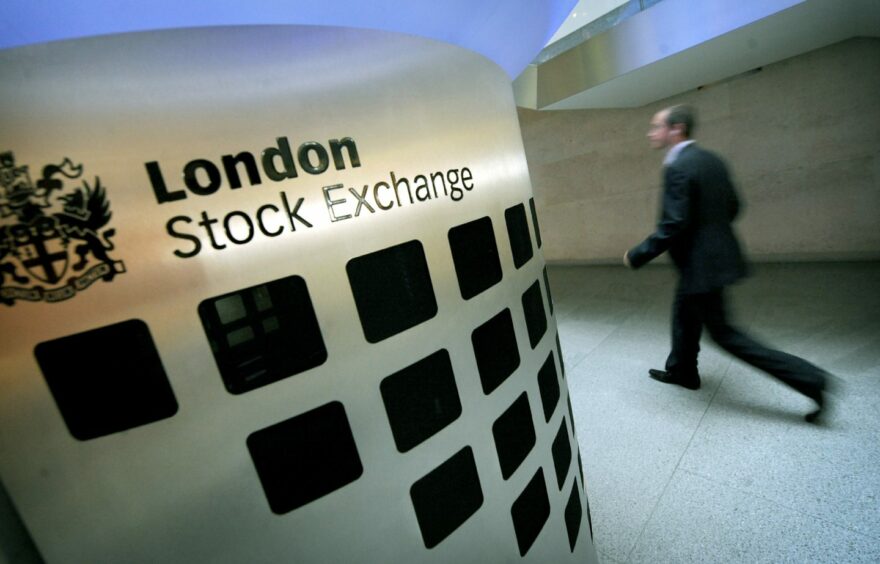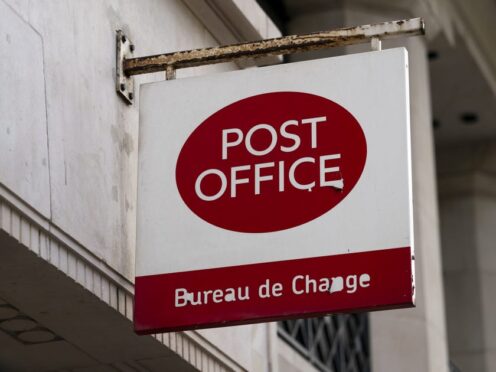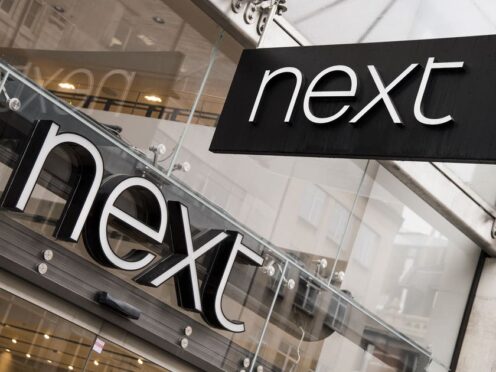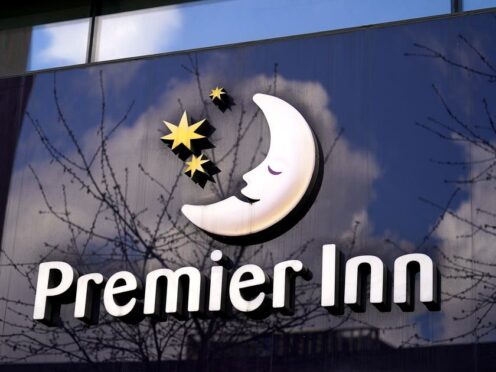A Scottish financial technology (fintech) company aims to make it easier for entrepreneurs to sell stakes in their companies, writes Peter Ranscombe.
It’s a situation many entrepreneurs find themselves in – they need cash to help grow their business but know a bank loan just isn’t going to be the right choice.
Instead, their thoughts turn from debt to equity through selling shares. However, they’re not ready to go the whole hog and list on the London Stock Exchange or another stock market.
The alternative to the public market is turning to private investors in all their various guises – whether they’re business angels, private equity houses, or venture capitalists.
Some companies will opt for longer-term patient capital, as we explored in one of last month’s articles.
Bringing buyers and sellers together
Since it was launched in 1994, the UK Government’s enterprise investment scheme (EIS) has given business angels and other high net-worth individuals a tax break for investing in private companies operating in certain sectors, with more than 30,000 firms raising in excess of £25 billion so far.
Seed EIS (SEIS), which followed in 2012, extended those tax breaks to earlier stage companies, allowing entrepreneurs to raise cash and helping investors to gain access to a different class of asset.
What happens when an investor wants to sell their shares though? Or if an entrepreneur wants to widen the pool of shareholders in their business?
If a company is listed on a stock market, then buying and selling shares is relatively easy, with traders and market-makers prepared to buy stock and then sell it later.
It’s harder for privately-held businesses, where each seller needs to find a buyer.
A small number of companies offer just such a service to bring together buyers and sellers.
The oldest of these is JP Jenkins, which was founded in London in 1991.
Scottish fintech expertise
It is being given a 21st Century makeover, thanks to a Scottish financial technology company
InfinitX, which recently changed its name from CrowdX, bought JP Jenkins in January and is now installing its own software to run the platform.
The Glasgow-based business is run by chief executive Mike McCudden, a well-kent face from his days at CMC Markets, IG Index, and Interactive Investors, and as part of the team that tried to launch a Scottish stock exchange.
Its chairman is Paul Atkinson, founder of investment firm Par Equity.
Mr McCudden said: “When companies are raising finance at the very beginning, they take on SEIS or EIS investors, who are locked-in for a certain period – beyond that lock-in, the investors are looking for an exit or liquidity.
“Traditionally, they had to wait for a trade sale or initial public offering in order to get their money back – hopefully with a profit – whereas now there will be a secondary market available to investors in those companies.
“In many ways, it looks and smells like a public market.
“But there’s a difference in that we are a bulletin board in its traditional sense – that means a willing seller meets a willing buyer on the market.”
Instead of calling a broker to find them a buyer and price for their shares, investors are now able to see a price in real-time on their investment management computer programs, thanks to InfinitX’s technology.
Aberdeen’s ‘really good ecosystem’
Companies using the platform must issue environmental, social and governance reports, which Mr McCudden said helps to increase transparency.
“You could call us a pipeline into London,” Mr McCudden added.
“If there’s a business in Aberdeen that wants to raise its profile among City investors, institutions and banks, the people with the firepower to help that business growth, we can effectively put them on the map with institutional-grade investors.
“Obviously, Aberdeen’s got a really good ecosystem but to go out of that and have a broader pool of eyeballs on a business as an investment opportunity is good for the owner.”
Bringing on board investors using JP Jenkins or other trading systems could also become a stepping-stone for companies wanting to eventually float on a stock market, Mr McCudden said.
He pointed to similar private market services already operating overseas, including those run by Nasdaq and CartaX in the US.
As well as powering its own JP Jenkins business, InfinitX is in talks to supply its technology to customers overseas to run other private markets.
For the vast majority of investors, it’s easy to get into a company and invest. The question is ‘how do I get out again?’”
Sean McGrath, Entrepreneurial Scotland
A lack of opportunities to sell shares in private companies – or “secondary liquidity” – has been a regular talking point for investors in Scotland.
Sean McGrath, chief executive at leadership-focused Entrepreneurial Scotland, said: “Secondary liquidity is such a big issue that it’s not actually an issue.
“It’s seen as one of those things that can’t be changed.
“For the vast majority of investors, it’s easy to get into a company and invest, but the question is ‘how do I get out again?’
Exit ‘headache’
“The exit is what gives them the headache – traditionally, that exit has come from a big event, like the company listing on the stock market, or getting snapped up by a competitor, or the owners making enough money to buy their investors’ shares back.
“If investors were able to get in and out much easier, then it would make it substantially easier for entrepreneurs to raise funds.
“There are one or two companies looking at this type of thing and it would be incredible if they could do it – but it’s insanely difficult, because the difficulty is how do you value companies and make that market?”
We've evolved. CrowdX has become InfinitX. Connecting a new generation of bespoke private markets. #privatecapital #unlistedcompanies #fintechnews pic.twitter.com/rw1PHDiE5V
— InfinitX (@InfinitXMarkets) March 9, 2023
David Grahame, director of LINC Scotland, the national association for business angels in Scotland, said: “Secondary liquidity is an area of interest to our members and one that seems to be quite an active field at the moment.
“Even though angel group portfolio companies would not be a main focus for InfinitX, and there are practical and regulatory considerations, I’m sure some of our members would be open to learning more.”
Innovative options
According to Kerry Sharp, director of entrepreneurship and investment at economic development agency Scottish Enterprise, innovative products such as those offered by InfinitX provide “much-needed options for investors and companies”.
They create the potential for recycling proceeds into earlier stage businesses and can also give companies access to new investors capable of supporting future phases of growth, she added.
















Conversation